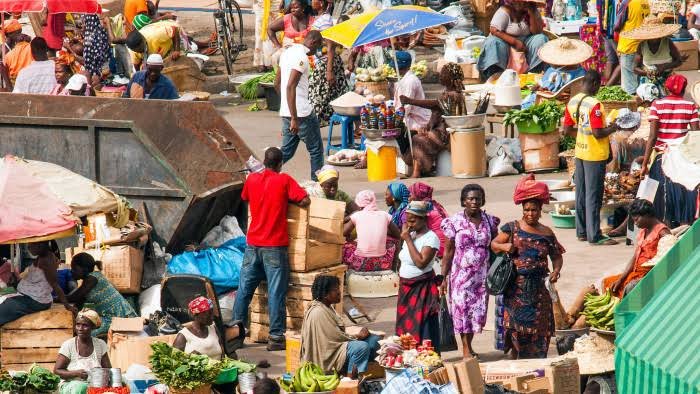
Vibrant Trade Hubs: Exploring the Top 20 Open Air Markets in Africa”
Discover the bustling open air markets of Africa, where vibrant cultures and thriving trade come alive. Explore the top 20 markets and their impressive transaction volumes.
Introduction to Africa’s Open Air Markets
Africa’s open air markets are the lifeblood of the continent’s economy, showcasing the rich cultural heritage and entrepreneurial spirit of its people. These bustling hubs of activity offer a unique shopping experience, with a vast array of goods on display, from fresh produce to handmade crafts. In this article, we’ll delve into the top 20 open air markets in Africa, highlighting their significance and transaction volumes.
Top 20 Open Air Markets in Africa
1. Grand Marché (Dakar, Senegal): 10,000+ vendors, $10 million daily transactions
2. Lagos Market (Lagos, Nigeria): 50,000+ traders, $50 million daily transactions
3. Kariakoo Market (Dar es Salaam, Tanzania): 20,000+ vendors, $5 million daily transactions
4. Onitsha Market (Onitsha, Nigeria): 30,000+ traders, $20 million daily transactions
5. Makola Market (Accra, Ghana): 10,000+ vendors, $3 million daily transactions
6. Jemaa el-Fnaa (Marrakech, Morocco): 5,000+ traders, $2 million daily transactions
7. Addis Mercato (Addis Ababa, Ethiopia): 10,000+ vendors, $1.5 million daily transactions
8. Kampala Market (Kampala, Uganda): 5,000+ traders, $1 million daily transactions
9. Arusha Market (Arusha, Tanzania): 3,000+ vendors, $500,000 daily transactions
10. Cairo Market (Cairo, Egypt): 5,000+ traders, $1 million daily transactions
11. Nakuru Market (Nakuru, Kenya): 2,000+ vendors, $300,000 daily transactions
12. Kisumu Market (Kisumu, Kenya): 1,500+ traders, $200,000 daily transactions
13. Mombasa Market (Mombasa, Kenya): 2,000+ vendors, $250,000 daily transactions
14. Zanzibar Market (Zanzibar, Tanzania): 1,000+ traders, $150,000 daily transactions
15. Goma Market (Goma, DRC): 1,500+ vendors, $100,000 daily transactions
16. Kigali Market (Kigali, Rwanda): 1,000+ traders, $50,000 daily transactions
17. Freetown Market (Freetown, Sierra Leone): 500+ vendors, $30,000 daily transactions
18. Banjul Market (Banjul, Gambia): 500+ traders, $20,000 daily transactions
19. Conakry Market (Conakry, Guinea): 500+ vendors, $15,000 daily transactions
20. Bamako Market (Bamako, Mali): 500+ traders, $10,000 daily transactions
The Economic Significance of Open Air Markets
Africa’s open air markets play a vital role in the continent’s economy, contributing significantly to GDP and employment. These markets provide opportunities for small-scale entrepreneurs, farmers, and artisans to showcase their products, fostering innovation and competition. The transaction volumes listed above demonstrate the substantial economic activity generated by these markets, supporting millions of people across the continent.
Cultural Significance and Tourism
Open air markets in Africa are not only economic hubs but also vibrant cultural centers. They offer a unique glimpse into the continent’s rich heritage, with a diverse array of traditional products, music, and cuisine on display. Tourists flock to these markets to experience the local culture, supporting the growth of tourism and the local economy.
Challenges and Opportunities
Despite their significance, open air markets in Africa face challenges such as inadequate infrastructure, limited access to financing, and competition from formal retail sectors. However, these challenges also present opportunities for innovation, modernization, and expansion. Governments and private investors are increasingly recognizing the potential of these markets, investing in initiatives to enhance their operations and sustainability.
Conclusion
:
Africa’s open air markets are the heart and soul of the continent’s economy and culture. These vibrant trade hubs showcase the resilience and entrepreneurial spirit of African people, contributing significantly to the continent’s growth and development. As we continue to navigate the complexities of modernization and globalization,
